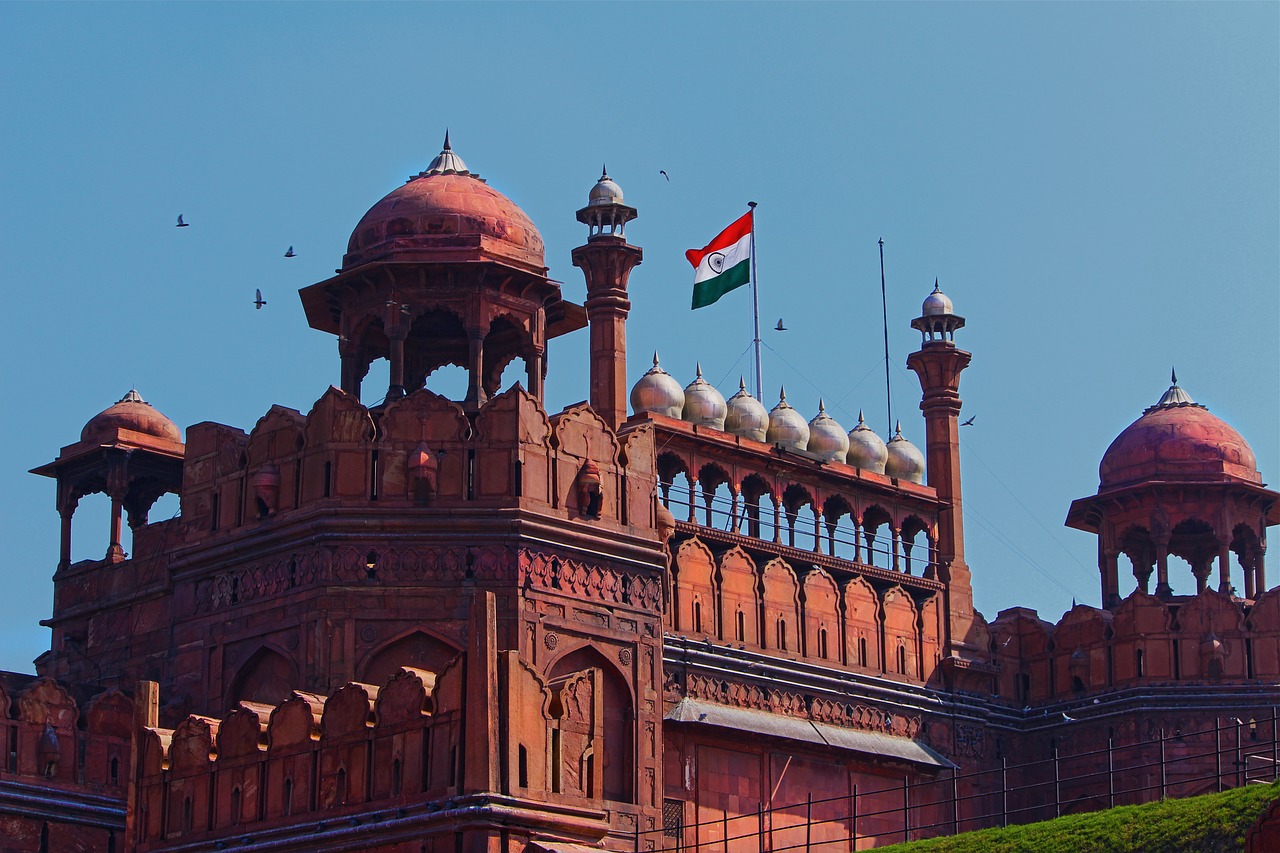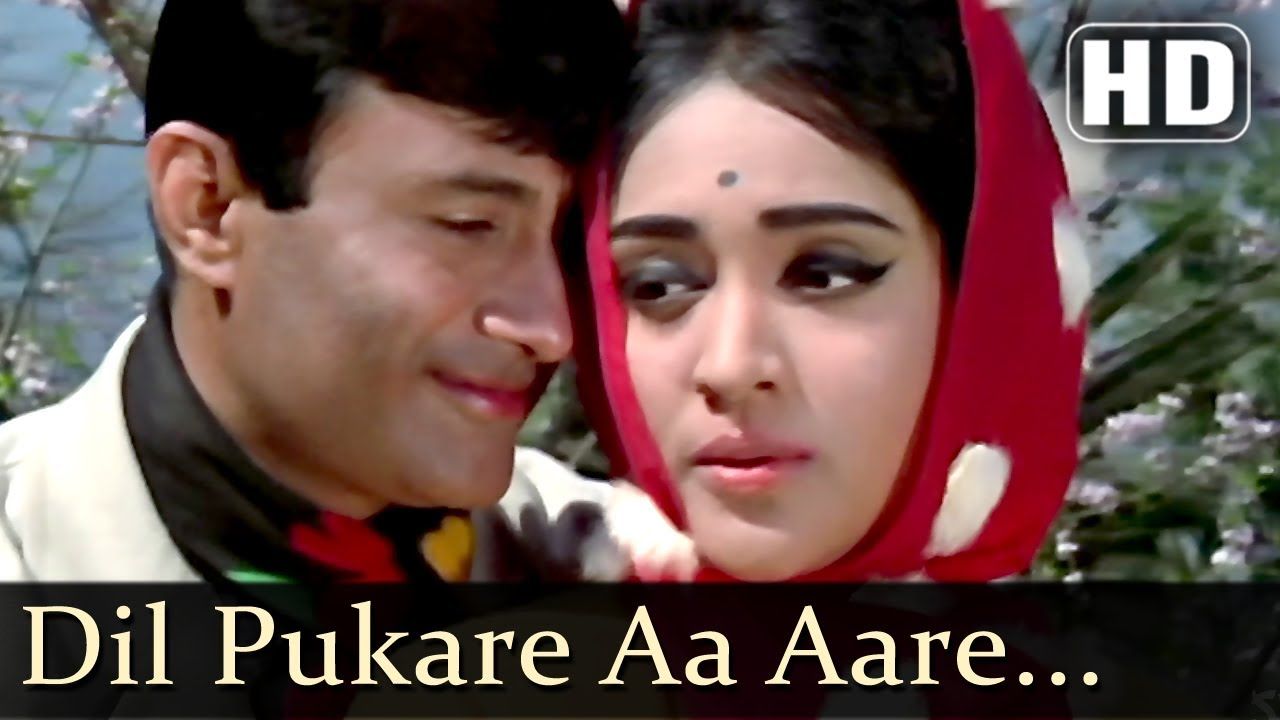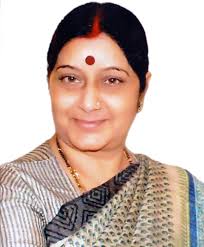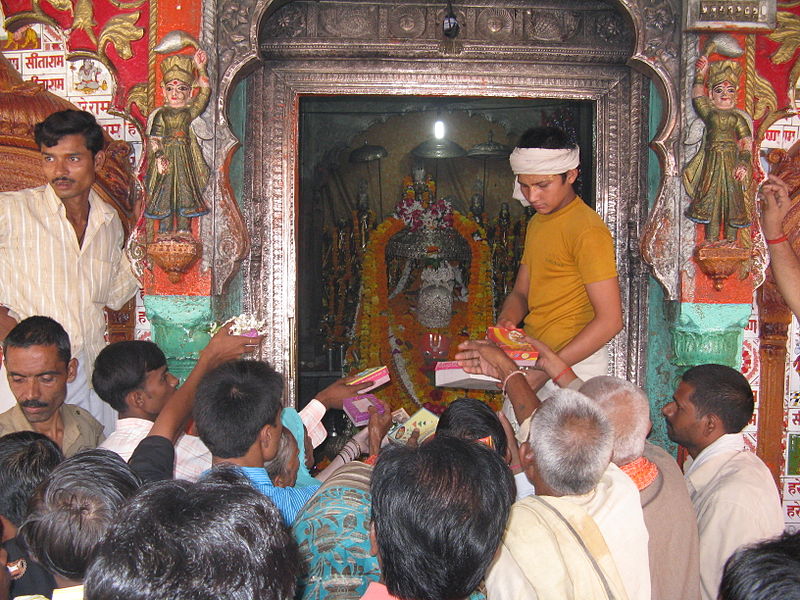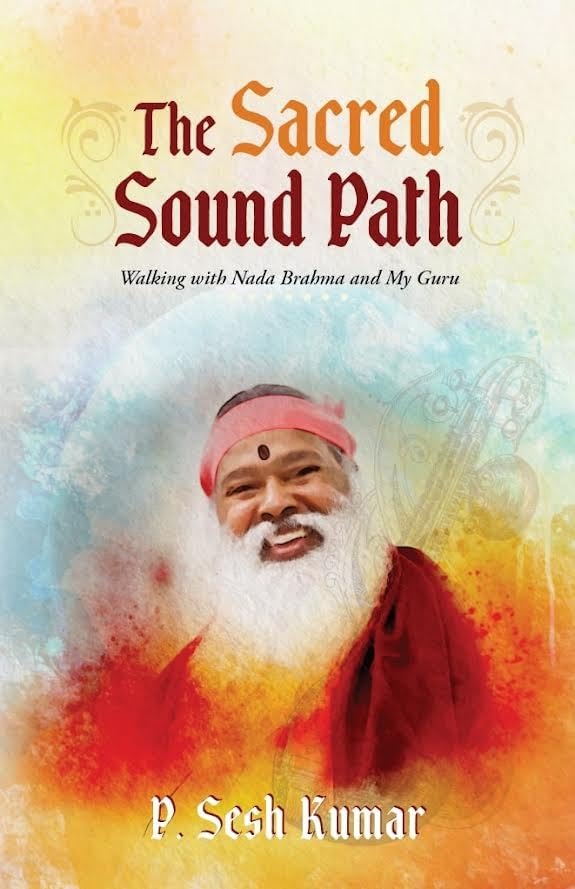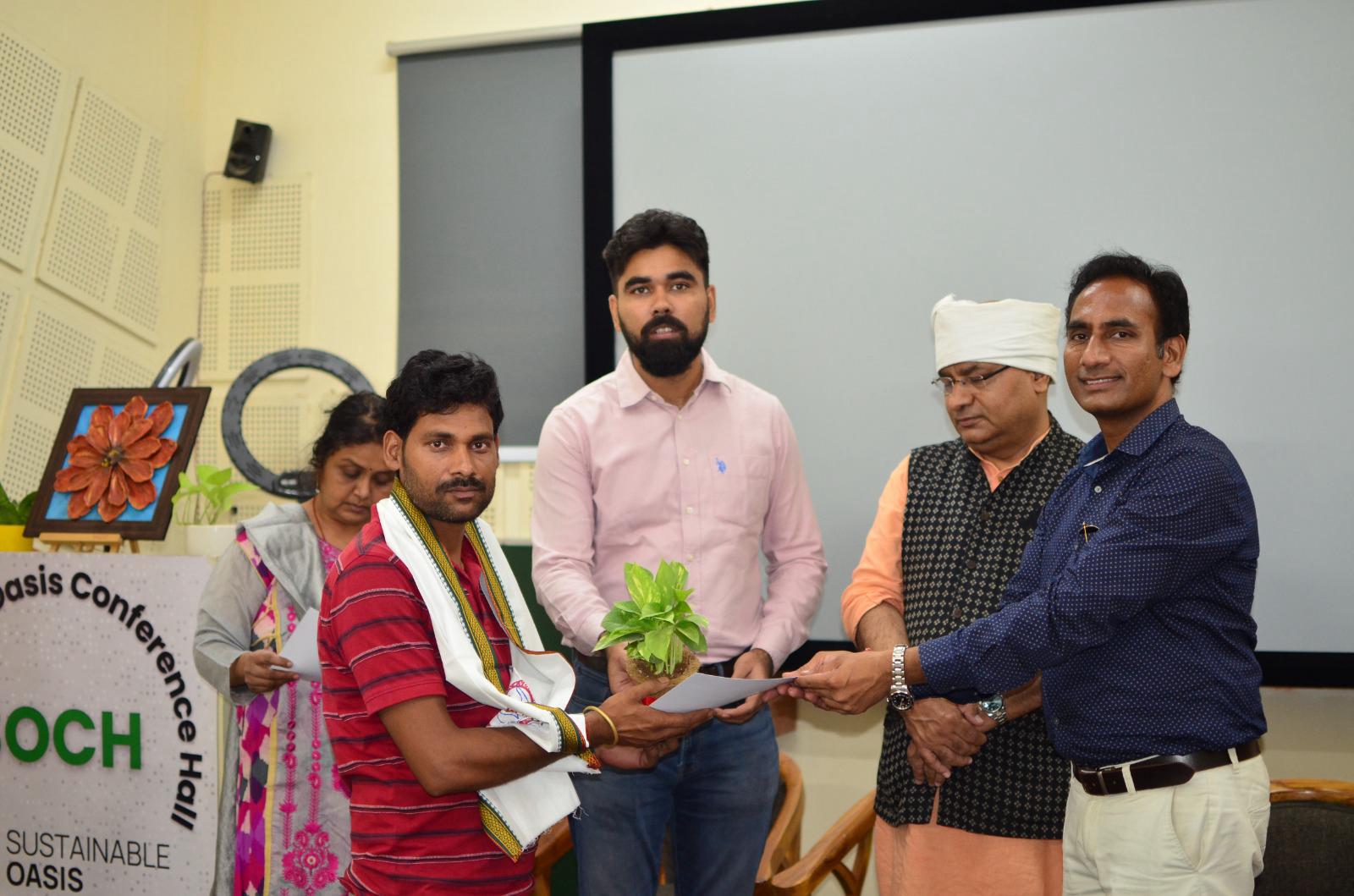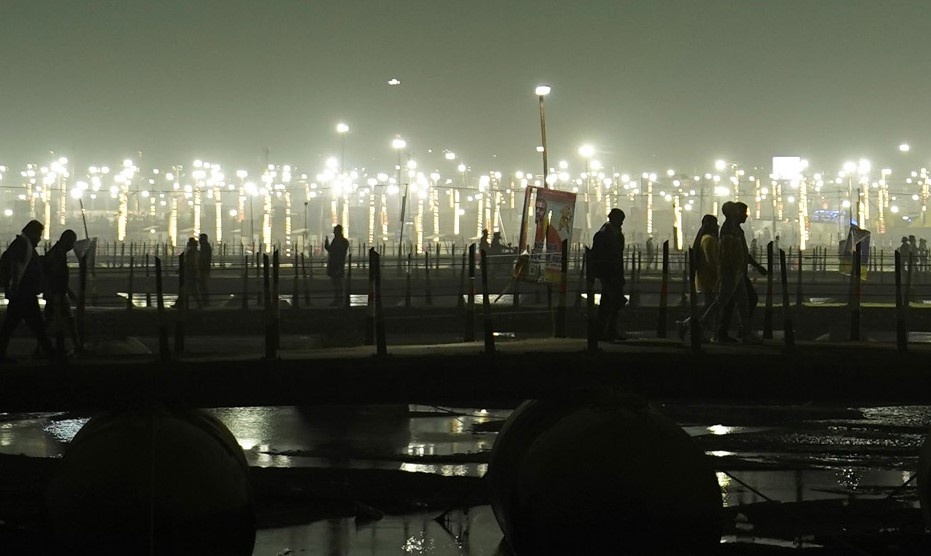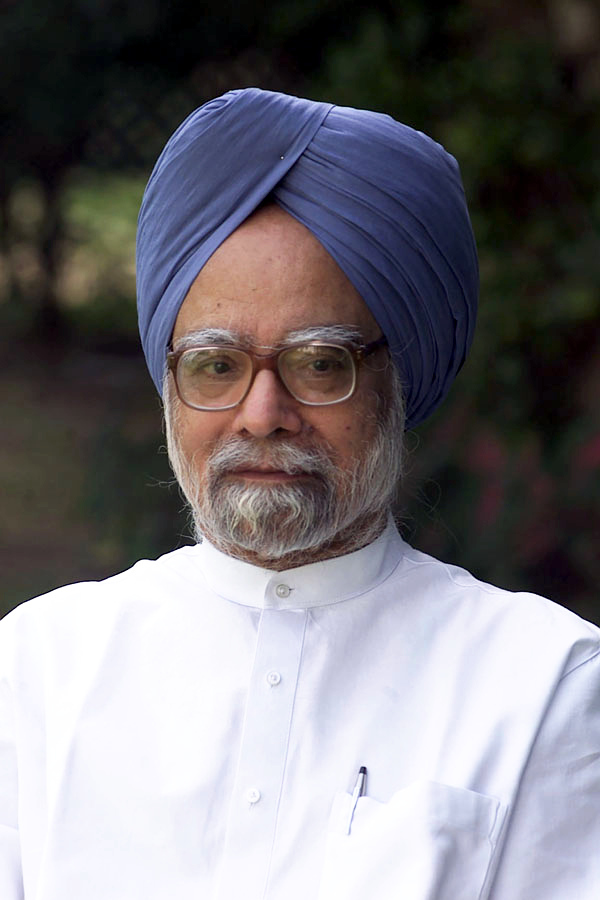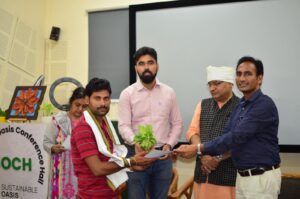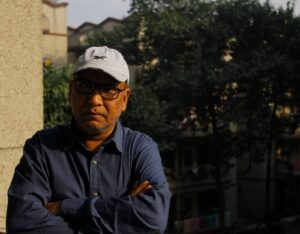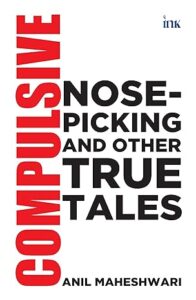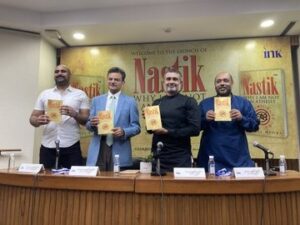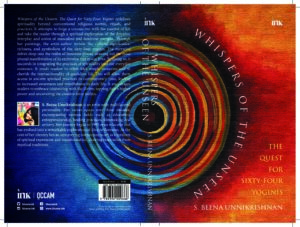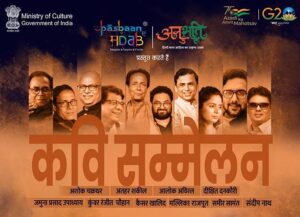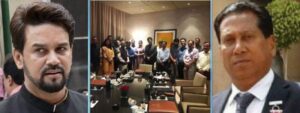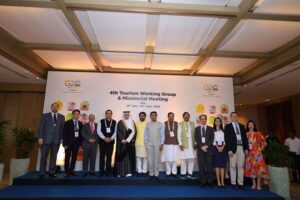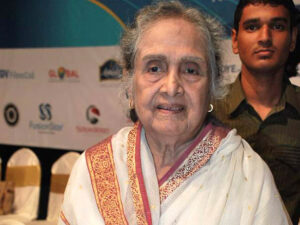Nehru is dead, long live Nehru
Ravi Shanker Kapoor | May 29, 2016 1:51 pm
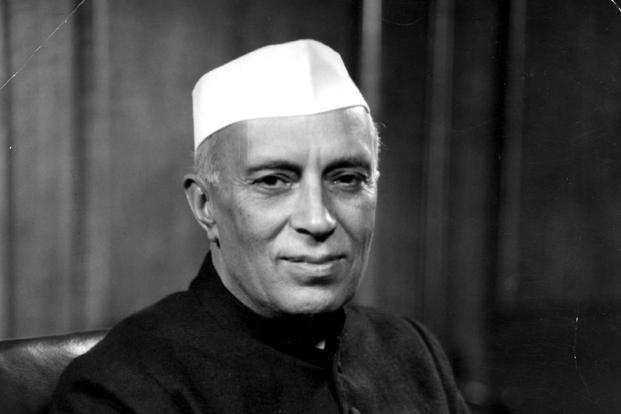
Prime Minister Narendra Modi has always appeared to a most vehement critic of Nehru and the Nehru Consensus. This appearance was the reason that many welcomed his ascension two years ago. The apparent, however, is not the real. Worse, he has exposed himself as a thorough Nehruvian, notwithstanding the claims to the contrary.
The late Girilal Jain, a prominent journalist and author, wrote in 1990, “The Nehru structure has stood mainly on four pillars in conceptual terms—democracy, socialism, secularism, and non-alignment.” Jain was right on the last three, for Nehru’s commitment to democracy was not total; he was the guy mainly responsible for the First Amendment to the Constitution, the amendment that curbed the freedom of expression and introduced the so-called reasonable restrictions. Modi, too, isn’t a great champion of liberty; this is evident from his government’s disgraceful support for the notorious Section 66A, the proposed legislation monitoring publication of maps, and other illiberal measures.
Modi: A rank Nehruvian
At any rate, Jain’s description of Nehru makes us comprehend an unpleasant truth: Modi is a rank Nehruvian, for he is continuing with socialism, secularism, and non-alignment. I need to clarify here that I use the term ‘secularism’ as it is used in the Indian context and not by its original meaning.
On the completion of two years in office, Modi gave an interview to Wall Street Journal. On the issues of privatization of public sector undertakings (PSUs) and private sector participation, he said, “Actually, in any developing country in the world, both the public sector and the private sector have a very important role to play. You can’t suddenly get rid of the public sector, nor should you. But if you look at the last two years of my government, and if you look at the entire post-independence phase of the country, you will find that in terms of money volumes the maximum disinvestment has taken place in the last two years.”
One statement by a political leader—especially by somebody as garrulous and inconsistent as Modi—can scarcely be the beacon to the content of his ideology. But still, in conjunction with other facts, a statement can give a fair idea about the politician’s line of thinking.
The first fact is that privatization is arguably the boldest economic reform, for it is a most visible rollback of the state from the economy; and the selloff policy is the most conspicuous assertion of the philosophy that the business of the government is not business—an assertion that Modi once made and then forgot. It is boldest because all the statist elements, vested interests, and doctrines get hurt by privatization; from communists and trade union leaders to the socialist politicians in all parties—including in the supposedly Rightwing Bharatiya Janata Party—everybody opposes the sale of PSUs.
Second, the quantum of money generated by selling minority stakes in PSUs is no metric of economic reform; the company has to be privatized, handed over to businesspersons; otherwise, it is no reform. The money earned by selling 16 PSUs during the Atal Bihari Vajpayee regime during 1999-2004 was Rs 6,344.35 crore, while over Rs 15,000 crore were generated by offloading a small stake in Coal India in 2011-11. Nobody has lauded the United Progressive Alliance government for being a reformist for earning so much revenue, whereas the Vajpayee regime is still remembered for its reformist agenda.
Third, while Vajpayee sold PSUs, Modi actually set up at least one such entity, even though as chief minister of Gujarat called Gujarat State Petroleum Corporation Ltd. That the company has proved to be a drain on the exchequer and an embarrassment to Modi is another story. Liberalizers don’t set up state-run enterprises.
Fourth, the Modi government recently approved a revival package for Hindustan Fertilizer Corporation Ltd, which included a waiver of loans over Rs 9,000 crore. Anti-Nehruvians don’t birth or revive PSUs.
Statism galore
Fifth, the Modi government has persisted with statist practices like price controls (pharmaceuticals, for instance), such Congress policies as retrospective taxation (though Finance Minister Arun Jaitley denies this fact), and generally tight control over the economy.
Sixth, Modi has not taken any major, earth-shaking reformist step. In fact, he seems to mock at such measures. In his WSJ interview, he said, “When I came to the government, I used to sit down with all the experts and ask them to define for me what is the ‘big bang’ for them. What are the reforms that they think would be categorized as ‘big bang?’ I am sorry to say, but nobody could tell me clearly what was the ‘big bang’ that they were looking for.”
I wonder what kind of experts he has been meeting that they could not even explain what liberal economists preach day in and day out in lectures, seminars, television shows, etc. Anyway what is so mysterious or profound about big-bang reforms that a prime minister doesn’t know and has to be told by some experts? The principles are quite simple, known to every housewife: don’t spend more than you earn; cut down wasteful expenditure like subsidies; spend more on asset building; and so on. What is to be done is widely known; ‘how’ is the issue.
Refusal to introduce major reforms—in fact, refusal to even accept that such reforms are needed in the first place—is a tacit acceptance of the authenticity and efficacy of the pre-existing policies, along with the statist toxicity inherent in them. It is also an obvious denial of the existence of any toxicity; and it is an implicit acceptance of Nehruvian socialism.
Modi is as much a follower of Nehruvian secularism. This is evident from the fact that, in his two years in office, his government has made no efforts whatsoever to implement its three main demands, the demands that differentiate the BJP from other parties: building a Ram Temple at Ayodhya, introduction of a uniform civil code, and abrogation of Article 370 of the Constitution. In fact, one would be justified in saying that the government has been blocking the resolution of the first two issues.
Forgotten core issues
In the temple case, the government has not so far acceded to the demand made by BJP leader Subramanian Swamy for day-to-day hearing. Whatever happened to saugandh Ram ki khate hain, mandir wahin banayenge? Why such reluctance?
Similarly, on common civil code, the Modi regime has made absolutely no efforts to move ahead. In the Shayra Banu case, the Supreme Court has been prodding the government to take some action, but to no avail. As for Article 370, the less said the better; the BJP is in alliance with a jihad-friendly party.
As if faith in Nehruvian socialism and secularism were not enough, Modi has also expressed faith in non-alignment. To a query by WSJ interviewer regarding China’s increasing assertiveness and the U.S. that India, should be “part of, if not an alliance, then at least a grouping that can stand up to some extent to China,” Modi said: “There is no reason to change India’s non-alignment policy that is a legacy and has been in place.”
Therefore, there would be no exaggeration in saying that Modi—with his partial commitment to democracy and full faith in socialism, secularism, and non-alignment—is a thorough Nehruvian. The need of the hour, Modi believes, is efficiency and honest. And since he is efficient and honest—there has been no scam in New Delhi in last two years—little else is needed. Surely not new ideas, ideology, or political philosophy.
Besides, Modi and his bhaktas can argue, doesn’t the BJP already have an ideology? That of integral humanism, as enunciated by its chief ideologue, Deendayal Upadhyaya, and adopted by the BJP in 1965. So, why scout for a novelty?
Upadhyaya was indeed an important and courageous thinker. In the years after Independence, when all politicians and the entire intellectual class were getting infected with the pernicious socialist ideas, he had the gumption to stand up to the fashions of the day and chalk out an ideology in contradistinction to that of Nehru’s. But, unfortunately, Upadhyaya too, like most people, was the product and function of his own age; he too got the infection, which explains the collectivist bias in his ideology.
Intellectual bankruptcy
Before him, there was Syama Prasad Mukherjee, the BJP’s founder, who was a great champion of liberty; he was the man who had opposed the curtailment of liberty by Nehru.
That was then. There has been a sea change in India and in the world since the days of Mukherjee and Upadhyaya. BJP leaders and thinkers (assuming that there are people in the party who are erudite and intelligent enough to think) have not improved upon the thoughts of their founding fathers. Not many people in the party who have even read Mukherjee and Upadhyaya—or, for that matter, ready anything else. For philistinism is rampant in the ruling party.
At any rate, this is the intellectual, ideological background of the Modi dispensation. Modi doesn’t to have any intention or proclivity to challenge or even modify in a meaningful way the premises, postulates, and principles of the Nehru Consensus. So, he has taken recourse to what he does best—tokenism. The Planning Commission, created by Nehru, is disbanded. Nehru is slammed, not wrongly, for many of his policies, but the core of his ideology remains unscathed. Nehru the person and the prime minister are assaulted; Nehruvianism is continued. Nehru is dead, long live Nehru.

